
Consider a simple graph with unit edge costs. Each node in the graph represents a router. Each node maintains a routing table indicating the next hop router to be used to relay

Graph with vertex weights and edge costs showing how minimumsparsity... | Download Scientific Diagram
Consider a simple graph with unit edge costs. Each node in the graph represents a router. Each node maintains a routing table indicating the next hop router to be used to relay

Introduction to Networking Project 3. Routing Graph abstraction for routing algorithms: graph nodes are routers graph edges are physical links link. - ppt download



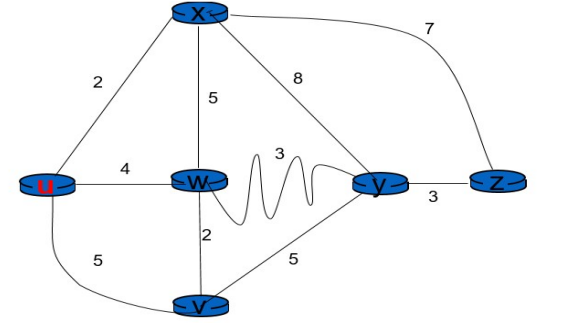
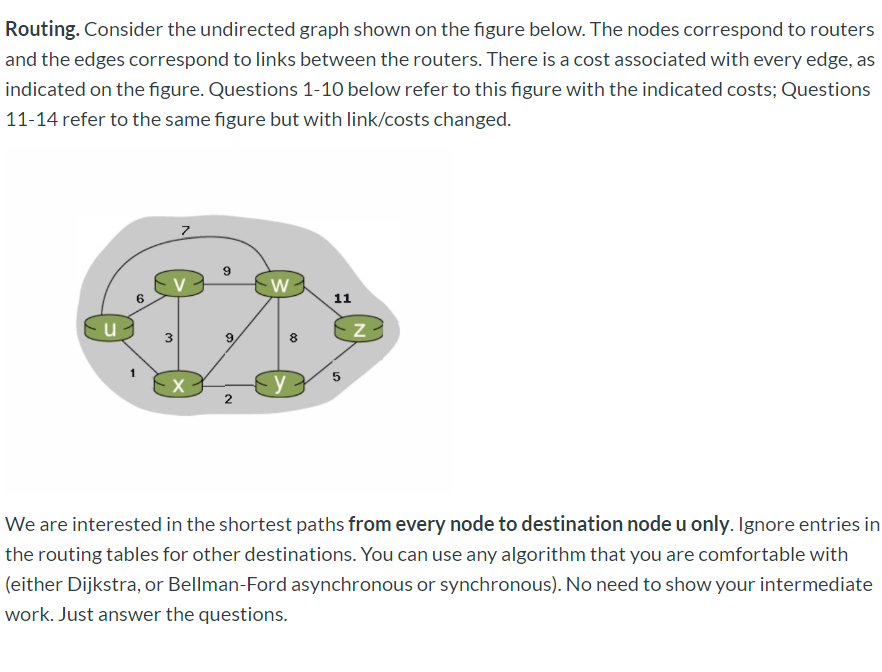

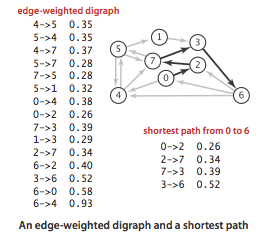

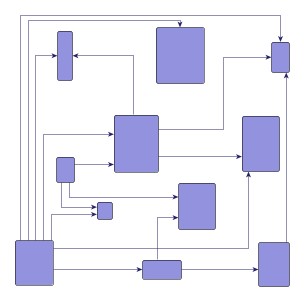
.jpg)
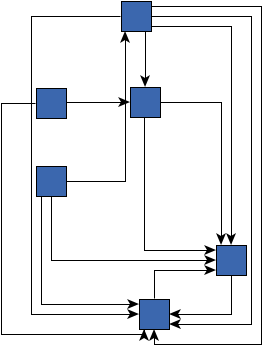

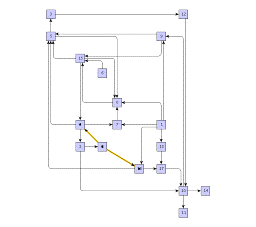




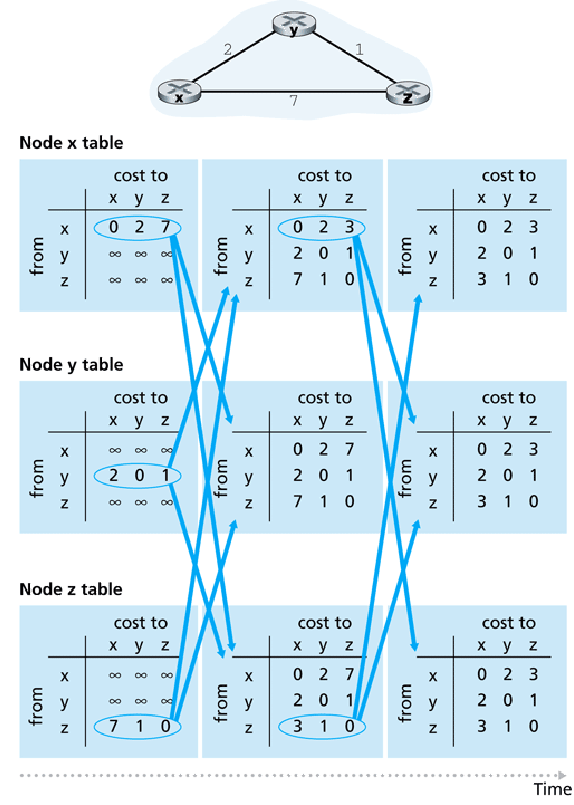
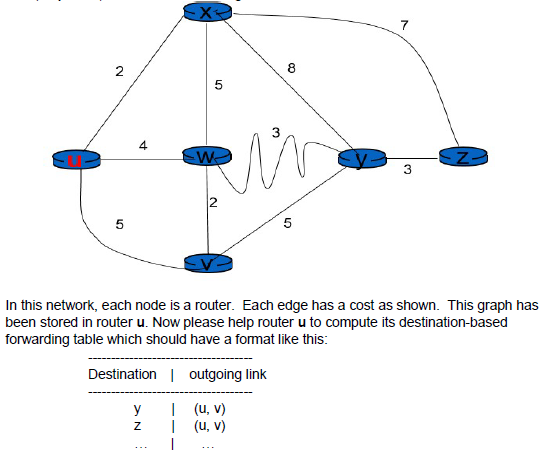
![4. Pathfinding and Graph Search Algorithms - Graph Algorithms [Book] 4. Pathfinding and Graph Search Algorithms - Graph Algorithms [Book]](https://www.oreilly.com/api/v2/epubs/9781492047674/files/assets/gral_rr_0401.png)
